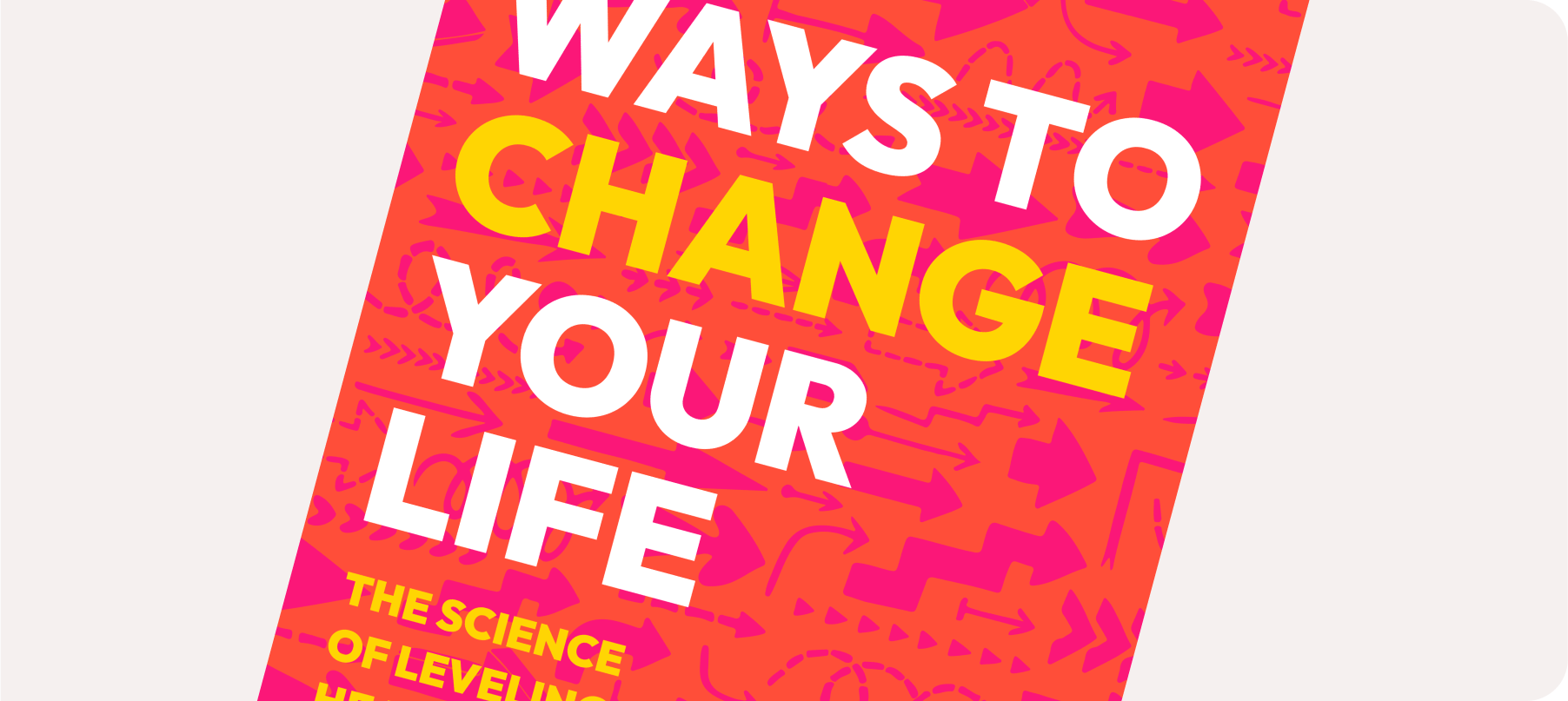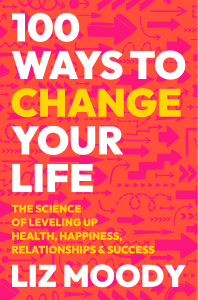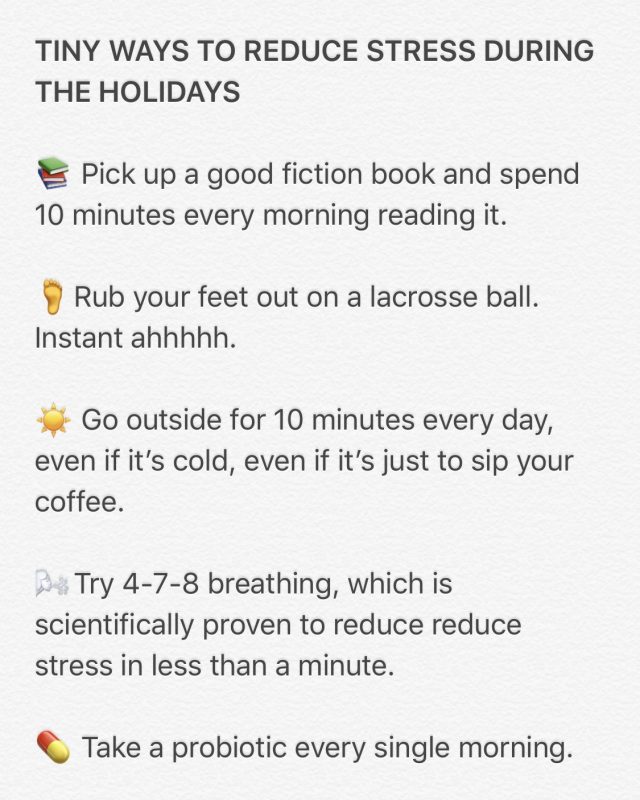I’ve been trying to make meditation a regular part of my life for years. The first time I meditated, I was living in London. I’d been drinking green smoothies in the morning for a few years, and had added occasional yoga classes into my routine. I was also anxious—really, really anxious. My anxiety had gotten so out of control that I rarely left the house, and, when I did, it was with sweaty palms and a hard-beating heart.
I started with Headspace because it was cheap and the modern monk-man, Andy, who served as the face and lilting voice of the app, was filled with stats about the science of meditation. In the depths of a mental health spiral, there’s something incredibly comforting about something being scientifically proven to help. It’s helped all of these other people, I’d tell myself. It’s been shown to actually change the physical and chemical makeup of people’s brains. There was no way it wouldn’t work for me too.
Except it didn’t. I’d sit on my bed, listening to Andy’s voice in my headphones, focusing ferociously on my breath. I felt exhausted, but not much calmer. Sometimes, I’d even over-focus on my breath when I wasn’t doing my daily meditation, which would lead to other anxiety issues, especially when trying to fall asleep.
My anxiety got better, through the passage of time and the addition of structure to my life and a whole host of tiny but incredibly important things. It never went away though (and for me, it never really does: even on my best days, it’s an omni-present shadow I drag behind me throughout the day). After working as an editor at a wellness website for almost a year, and reading about countless transformative meditation experiences people have had, I decided to give it another shot. This time, I tried a technique called Vedic meditation, which is all-but-nominally the same as Transcendental Meditation, or TM.
How I found a type of meditation that worked for me
The most noted difference with Vedic or Transcendental Meditation is that you need to learn it from an instructor, and that initial class series is expensive (like, several hundred dollars, compared to the $10 a month of Andy’s app). It’s often practiced by celebrities (Lena Dunham is a fan; David Lynch has an institute dedicated to it), and this, combined with the zealousness with which people talk about it, was, to be frank, rather off-putting. If the meditation instructors were so keen on really changing the world, why did they charge so damn much to do it? Was the whole thing cloaked in so much secrecy solely so the people who taught it could make more money?
I asked these questions, and many more, to Ben Turshen, founder of Ben Turshen Meditation, during my first session. Here’s what he told me: that the secrecy (you cannot, for instance, find any real description of what goes on during a Vedic or TM class online) is to prevent bad information from spreading. Bad information, he explained, was what lead to poor meditation experiences. The reason people have so much more success with TM and Vedic meditation has to do with the way they learn it: from an experienced instructor, in a classroom environment, with other students who are motivated to learn.
“Of course they’re motivated,” I said (somewhat snarkily). “They’re spending hundreds of dollars to be there.”
While Ben pointed out that most instructors work on a sliding scale, even offering their services for free so anyone who wants to learn to meditate can, I do think the money has something to do with its success rate. It makes people value it more; it makes them pay closer attention; it makes them want it to stick.
In the classes, which take place for a few hours every evening over the course of 4 days, I received my personalized mantra, which is really just a sound with no meaning attached to it that I can focus on instead of my breath. I personally find it much easier to work with a mantra: my thoughts are so incessant that replacing them with another thought is the quickest route to not struggling with the practice (if you want to try out mantra meditation yourself, so hum is a great general mantra to start with). We also spent a ton of time troubleshooting issues that arose for people when they tried meditating (we’d do one twenty-minute session all together in class, and one at home). This is where the money becomes worth it, I think: instead of letting questions or problems deter you from the practice, you’re able to quickly resolve them.
Does meditation help anxiety?
It’s not easy, and it’s not “effortless,” a word Ben used many times in class, but meditation has become a key part of my daily life. I do 20 minutes every morning, and while TM and Vedic experts would tell you that 20 minutes twice a day is necessary, I’ve found that celebrating my “win” of doing it once a day works well for me (and if at some point I begin to regularly incorporate another 20 minute session, all the better). When I don’t do it, I feel “off”—a little more jittery, a little less grounded—all day, until I’m able to do it again. I’m generally calmer, and generally happier. Part of this, I think, comes from the actual impact of the meditation on my brain, but part may just come from the commitment to do this 20-minute thing for myself every single morning. It’s a form of self-care that feels science-backed, productive, and less indulgent than, say, taking an hour long bath (although of course that’s great too!), which is easier for someone with my type-A personality to get behind.
Have you tried meditating? What do you think?












Leave a Reply